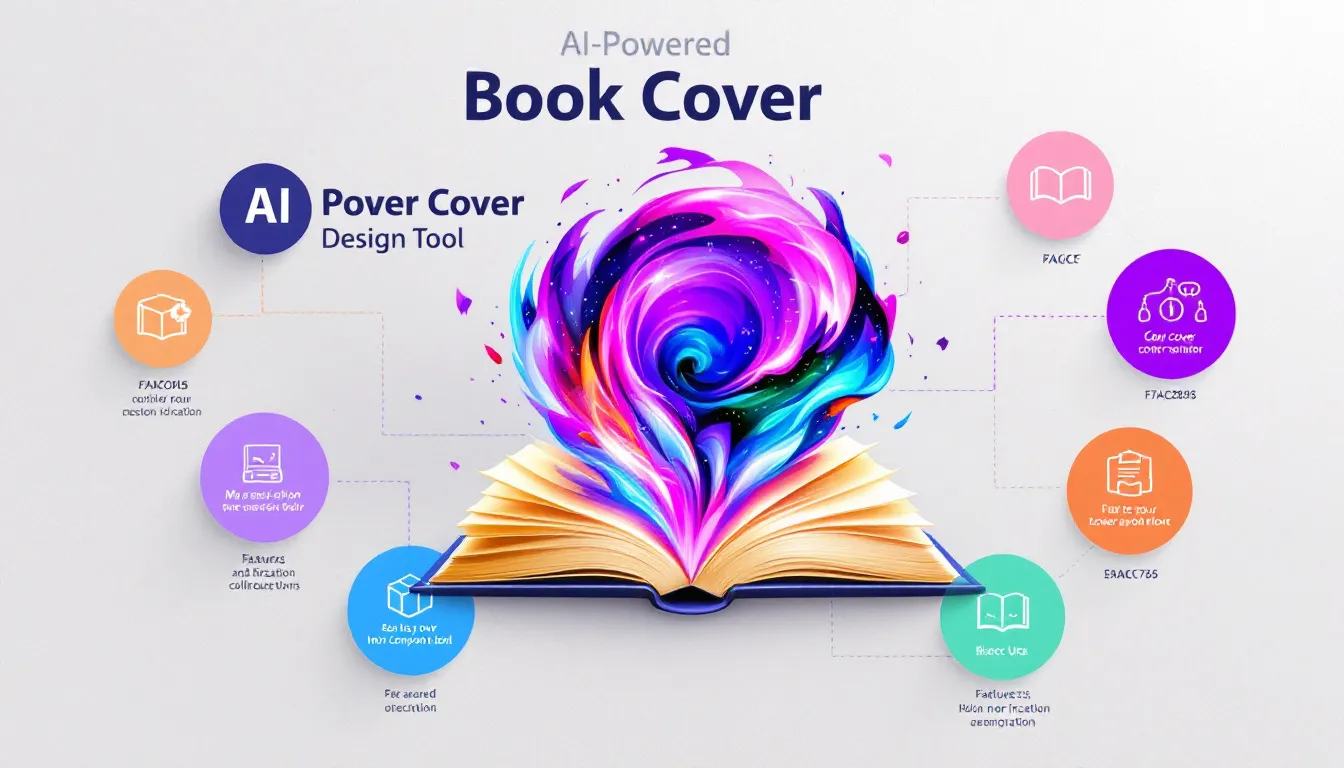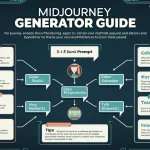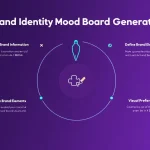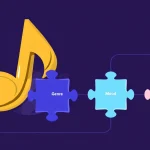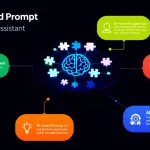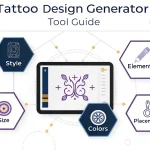Book Cover Prompt Generator
Is this tool helpful?
How to use the tool
Step-by-step
- Genre – Describe the shelf where your story lives.
Example 1: “Afrofuturist Thriller” Example 2: “Eco-Horror”. - Main Themes – List two-to-four core ideas.
Example 1: “Corporate greed, rising oceans, survivor guilt” Example 2: “Time loops, family legacy, redemption”. - Mood / Tone – State the emotional flavour.
Example 1: “Sardonic yet hopeful” Example 2: “Bleak suspense”. - Key Imagery – Name visual anchors.
Example 1: “Flooded skyline with bioluminescent boats” Example 2: “Antique hourglass shattering in mid-air”. - Art Style (optional) – Tag a movement or medium.
Example 1: “Retro comic pulp” Example 2: “Digital chiaroscuro”. - Color Scheme (optional) – Suggest palette cues.
Example 1: “Verdigris and rust” Example 2: “Ivory on matte black”. - Generate – Hit the button; review your prompt, copy, and paste into Midjourney.
Quick-Facts
- Average professional cover design costs $500-$800 (Reedsy Blog, 2023).
- Midjourney renders default at 1024 × 1024 px; upscales reach 2048 × 2048 px (Midjourney Docs, 2023).
- Print services need 300 dpi for crisp imagery (IngramSpark Print Specs, 2021).
- Viewers form first visual impressions in 50 ms (Lindgaard et al., 2006).
- Self-published ISBNs hit 2.3 million in 2022 (Bowker Self-Publishing Report, 2023).
FAQ
What is the Book Cover Prompt Generator?
The generator is an online form that converts your narrative details into a single Midjourney prompt, ensuring key themes, mood and style appear in one command (Page title, https://yourdomain.com).
How does it work?
The form submits data to the WordPress action process_llm_form. A server-side script concatenates your inputs with weighting phrases and returns plain text you can paste into Midjourney (WordPress Dev Handbook, 2023).
Which fields are required?
You must supply Genre, Main Themes, Mood/Tone and Key Imagery. Optional fields fine-tune style but are not mandatory; leaving them blank yields broader AI interpretation (Tool documentation, 2024).
Can I edit the prompt after generating?
Yes. Copy the output, tweak wording, add Midjourney parameters like “–ar 2:3” for paperback trim size, then submit inside Discord (Midjourney Quick Start, 2023).
What image size should I request from Midjourney?
Use “–ar 2:3 –v 5” for a 1536 × 2304 px upscale, giving enough bleed for a 6 × 9-inch cover at 300 dpi (IngramSpark, 2021).
How much does a custom cover normally cost?
Traditional freelance designers charge $300-$1500 depending on complexity; agency packages exceed $2,500 (Reedsy Marketplace Report, 2023).
Is the generated prompt copyright-free?
Your text inputs remain yours. Midjourney grants you a Creative Commons-style licence for images if you hold a paid plan (Midjourney ToS, 2023).
How do I keep a series consistent?
Reuse identical seed values and repeat motifs in every prompt; vary only accent colours or symbols. “Consistency starts with a locked palette and seed,” notes IngramSpark’s design guide (IngramSpark, 2021).
Important Disclaimer
The calculations, results, and content provided by our tools are not guaranteed to be accurate, complete, or reliable. Users are responsible for verifying and interpreting the results. Our content and tools may contain errors, biases, or inconsistencies. Do not enter personal data, sensitive information, or personally identifiable information in our web forms or tools. Such data entry violates our terms of service and may result in unauthorized disclosure to third parties. We reserve the right to save inputs and outputs from our tools for the purposes of error debugging, bias identification, and performance improvement. External companies providing AI models used in our tools may also save and process data in accordance with their own policies. By using our tools, you consent to this data collection and processing. We reserve the right to limit the usage of our tools based on current usability factors.
